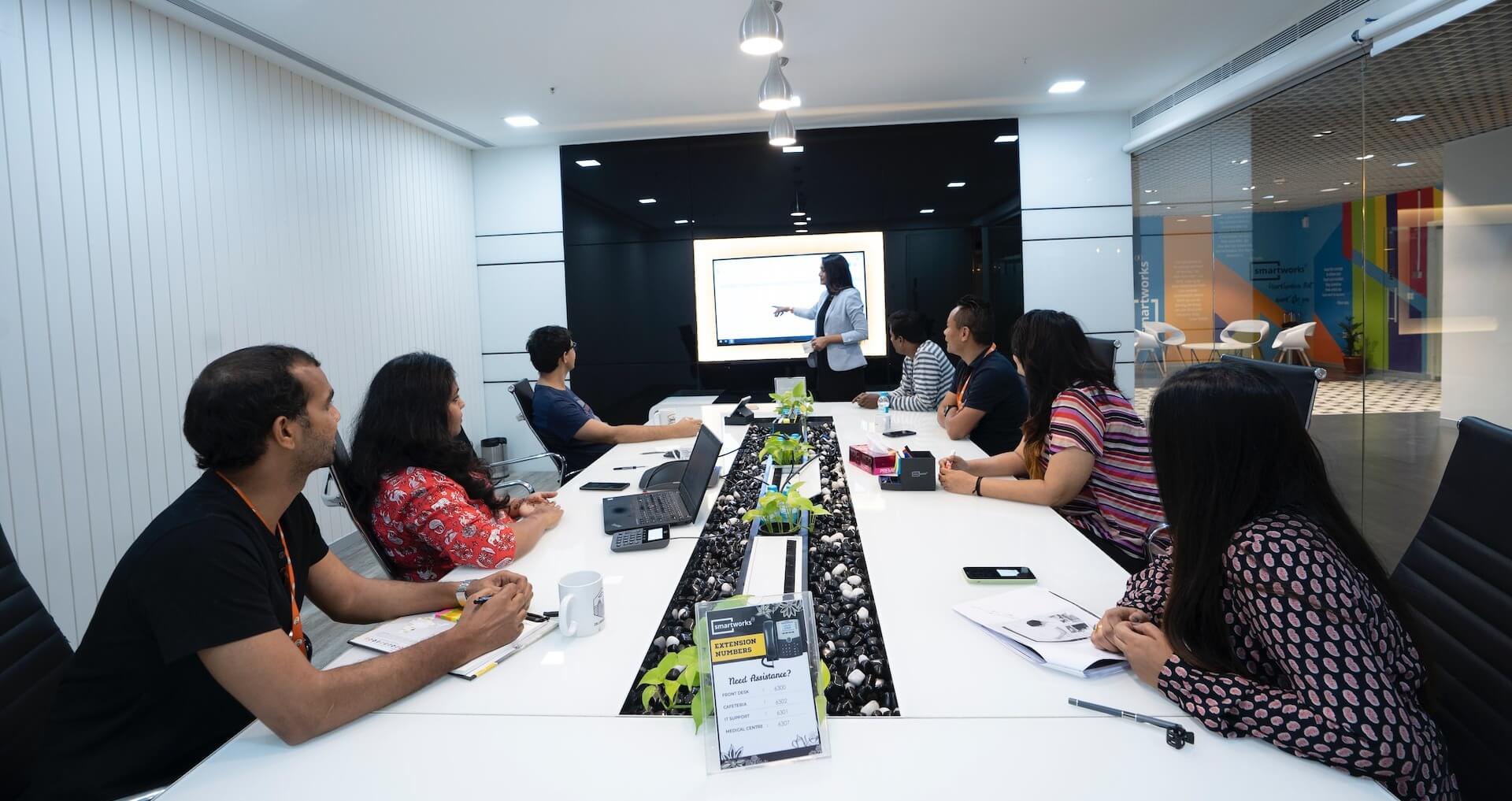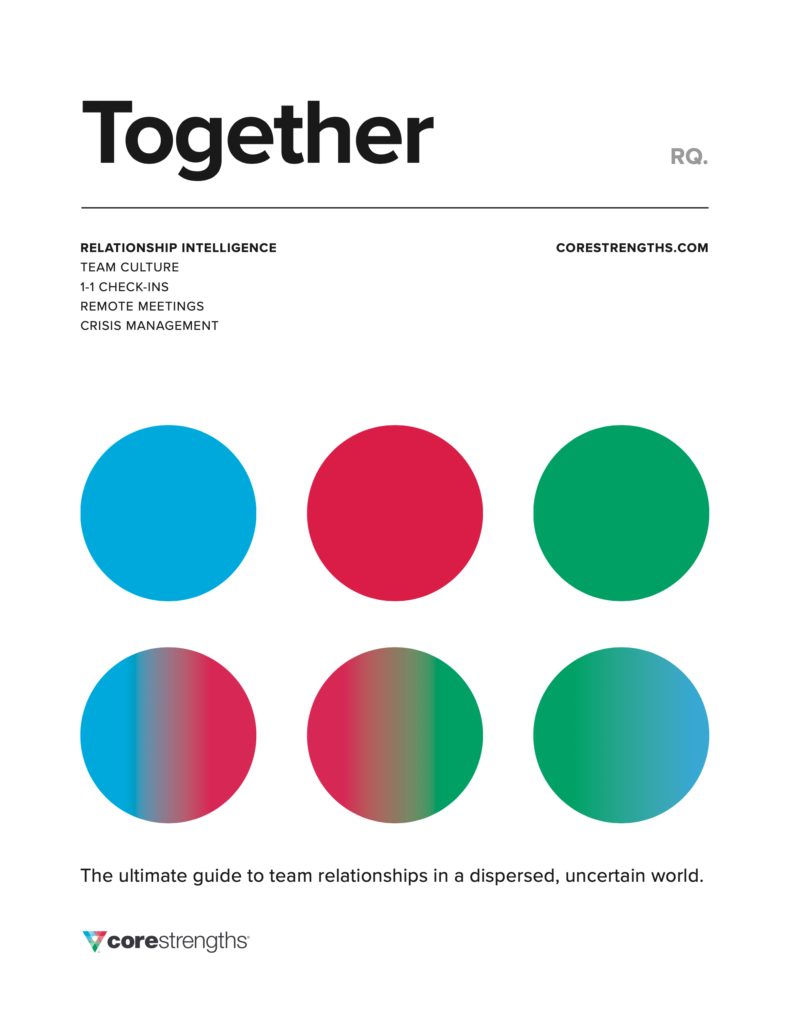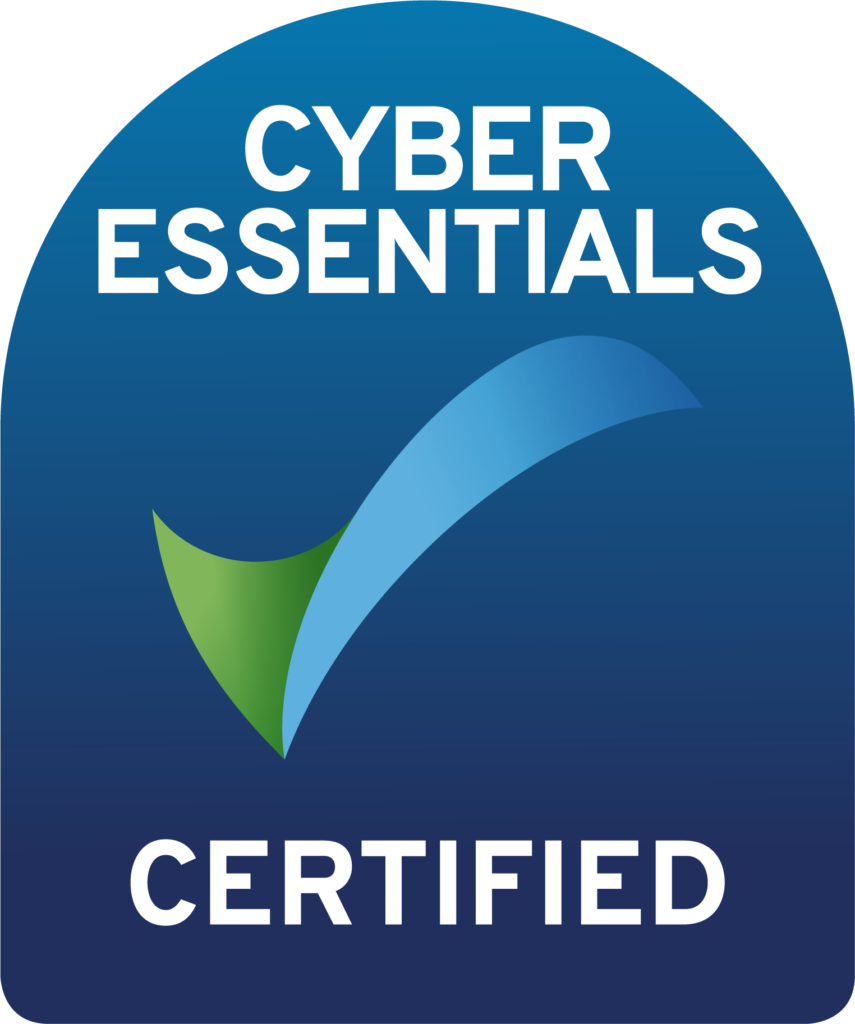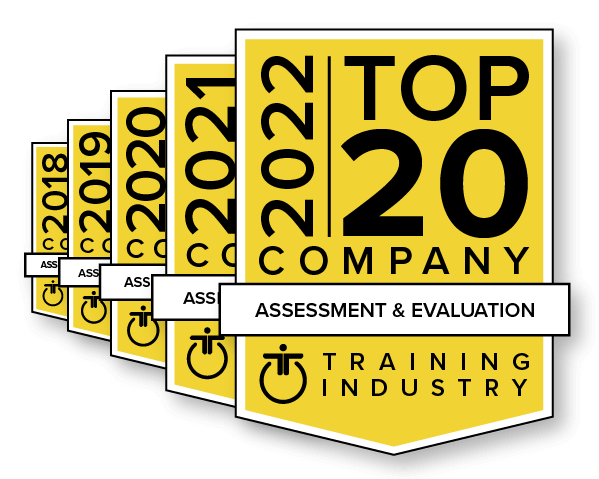Many organization-wide learning programs get rolled out in pieces, one cohort at a time, so the first and last people go through it months—or even years—apart. With this piecemeal approach, the takeaways never become part of the organization’s culture.
For a learning program to meet its objectives, there needs to be momentum. L&D leaders need to move the population through the program efficiently—but while maintaining quality and effectiveness in the content and delivery. Sometimes, learning programs at large scale become a check-the-box activity that everyone immediately forgets.
But there’s a way to design and deliver learning programs at scale, so content from the workshops immediately gets practical application and reinforcement, and soon becomes habit. To achieve this, you need six key elements:
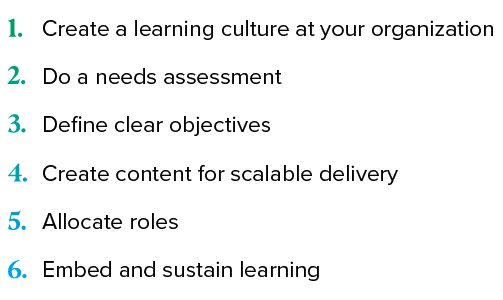
Carefully planning these six elements will greatly increase the likelihood of a learning program that meets and exceeds your objectives.
1. Create a learning culture at your organization
The rest of the six elements will only work if a learning culture is in place.
Support from leadership for the initiative and the philosophy of continuous improvement is essential. Leaders should make it clear that they encourage a work environment where people are constantly learning, raising the bar, and asking questions for the right reasons.
Then, when you start to roll out the program, you’ll be able to draw connections to the organizational strategy and objectives. It can help to involve subject matter experts (senior leaders from the business) in the launch and publicity to spread the message that this initiative is important to the organization’s goals. This will help counter resistance from certain managers and participants who don’t want to change.
Leaders and managers will need to be active learners themselves for participants further down the org chart to believe in the program. As you launch the program, ensure that both managers and participants experience the learning embedded in their day-to-day, not just during workshops.
As you start to identify people who have a thirst for knowledge and growth, recruit these cheerleaders to share what they’ve learned and what it means to them, beyond their immediate team and job.
2. Do a needs assessment
To design a program that solves a major pain point, you need to understand the primary objectives and needs of both the organization and the audience. A good consultant will be willing to challenge assumptions by asking what the organization is trying to accomplish and why this specific program is the best choice. Having that challenging conversation is better if you understand Relationship Intelligence because technical and operational training is enhanced by relational training.
A training program is a huge investment, so you owe it to the stakeholders and learners to ask why and dig in. Use information available data and surveys, such as:
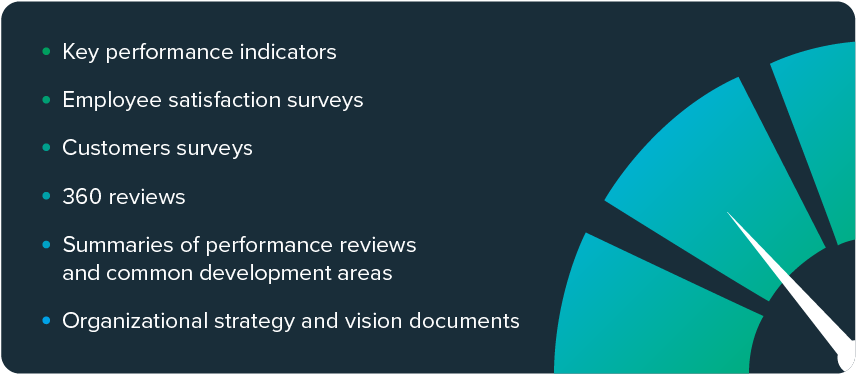
Support this data with interviews with the main sponsors and a selection of participants to learn what they think the main issues are. You may also want to ask all participants to complete an assessment such as the SDI 2.0, which will give people a shared language and help you understand how different participants prefer to receive material and how they like to contribute. It will also provide the framework to help explore key relational elements during the program.
Going through this process helps you get better data and buy-in, and prevents the training from feeling imposed from the top—and irrelevant to participants’ daily concerns.
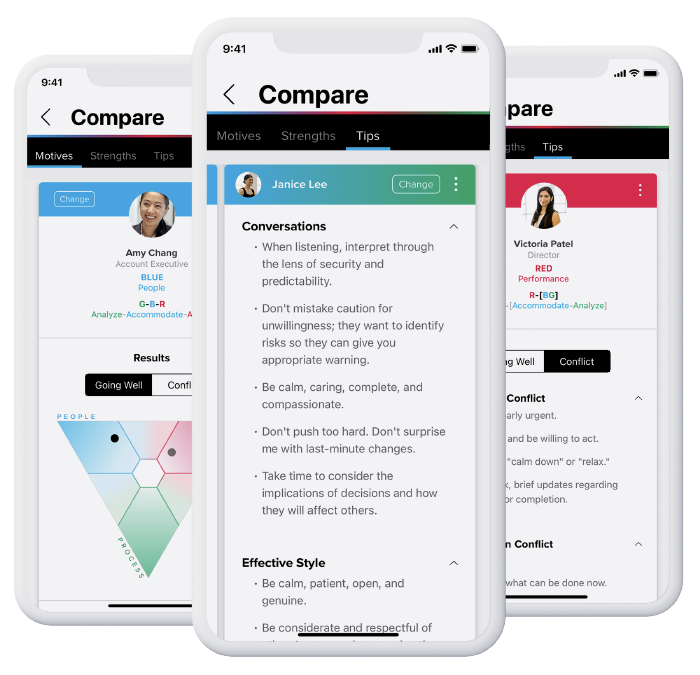
3. Define clear objectives
Once you know the needs, you can translate them into measurable objectives to evaluate the program’s success against the desired outcomes.
Measuring at the end is not enough, though. You also need milestones that will let you measure success as you go, such as:
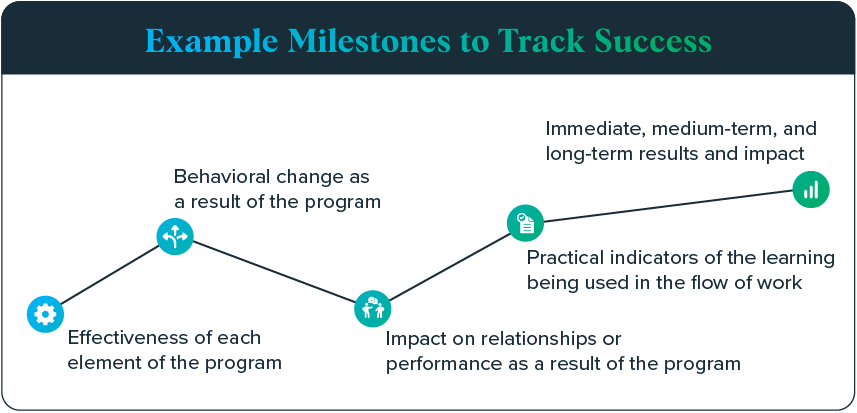
These can be difficult metrics to measure, and some results will not show up for months or even years—and stakeholders are often impatient to see the ROI. That’s why it’s especially important to define KPIs at the beginning of the program and decide how to benchmark. You need to be able to see—and share—the first signs that the learning is working, then make sure those results are repeatable and scalable.
As the program progresses, arrange reviews, about every six weeks, for each cohort to coach each other and help with practical application. The feedback from these reviews is a key way of measuring success.
But, high-effort/high-touch activities over the long term are not scalable. Ultimately, people should be having regular check-ins with their boss and peers, not just with the L&D team.
Guiding participants toward self-sufficiency and self-support is a key element in enabling scalability. This transition needs to be managed carefully to ensure learning is applied and embedded before letting go completely.
4. Create content for scalable delivery
One of the greatest challenges is ensuring the delivery is scalable while maintaining quality content.
You may engage with external suppliers who have expertise in the specific area of focus and who can help with content design and proof of concept (POC) sessions. The POC is key and needs to verify that you’ve come up with the right answer to the pain point.
Then, you’ll refine the content by breaking it down into:
- Manageable chunks to maintain attention and give people time to process (about two hours at a time is preferable)
- Pre-work and practical work between modules that applies the learning and contributes to the business
- A mix of virtual and in-person workshops
- A mix of formats: e.g., videos, presentations, and interactive
- Online interactive support with knowledge tests
- Post-work with practical activities in the flow of work
- Action learning sets and reviews
- Individual and team action plans
You should also consider the optimum cohort numbers to ensure effective learning.
5. Allocate roles
During the planning phase, determine the size of the team required to enable a scalable solution. The roles you may want to determine are:
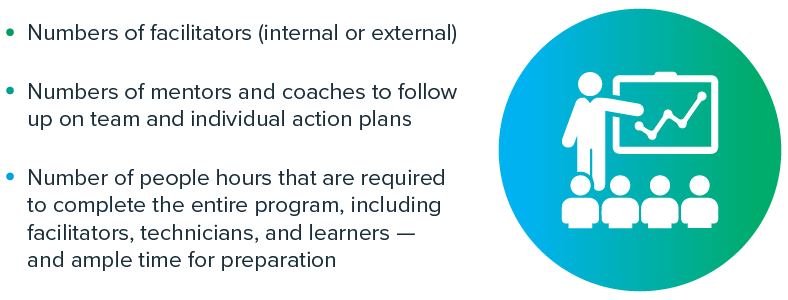
Ensure everyone with a key role has the knowledge, the skill, and the bandwidth to fulfill the role. They should view it as part of their development and growth, rather than contributing their time to achieve a certain incentive.
Also, ensure the line manager of the participant is involved in a pre-brief prior to attendance so they understand their key support role. Managers need to understand that following up on action plans is part of their job (as opposed to getting in the way of their job), or participants will struggle to embed the learning into their flow of work. L&D leaders need to focus on developing the facilitative manager, who will work the learning into everyday moments, long after the workshop is over.
6. Embed and sustain learning
Give participants easy-to-follow tips and platforms to support application of the learning. People need something to access that will help them practice the learning they had weeks or months ago—because realistically, people will not remember everything. Tools should help trigger their memories of the learning in the moment.
Some ways to sustain learning and translate it into practical work include:
- Tech tools like the Core Strengths platform
- Knowledge tests
- Assigned mentors
- Coaching in pairs
- Development reviews in manager 1:1 conversations
Ensure the tech platforms provide progress tracking, reporting and individual learning plans. They should also allow people to self-report behavioral changes so you can measure and report on the success of the program.
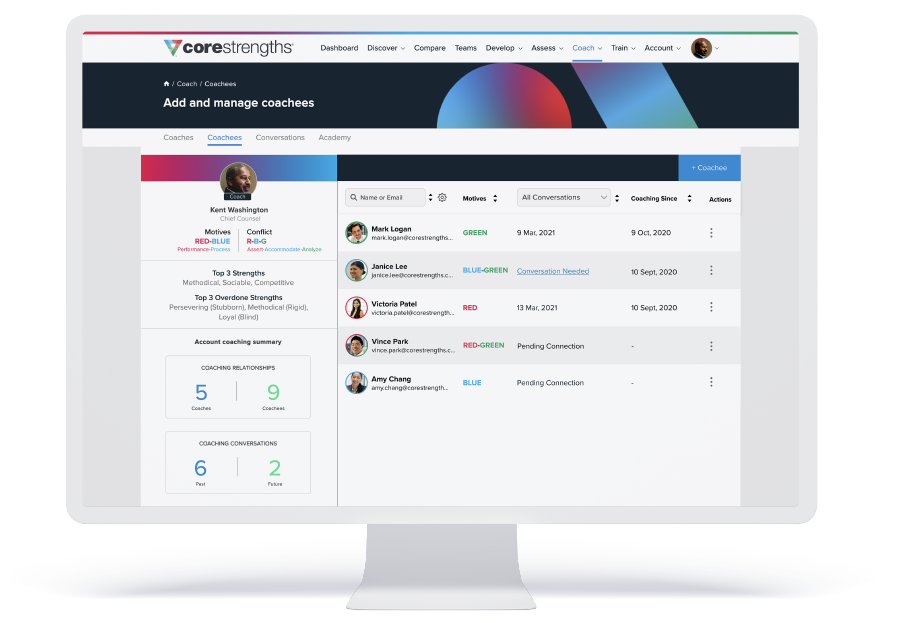
Scale your learning program with the help of Core Strengths
While all of these steps are important, creating a learning culture and embedding/sustaining learning are the most crucial. Creating a learning culture shows people why the program is important. Sustaining the learning means the program actually makes a difference.
Core Strengths consultants can help L&D leaders design their program to be scalable and effective and support them in their efforts, especially if they’re understaffed. Then, our tech tools such as the Core Strengths platform and our integrations with Zoom, Teams, and more help people carry through the learning into their flow of work.
